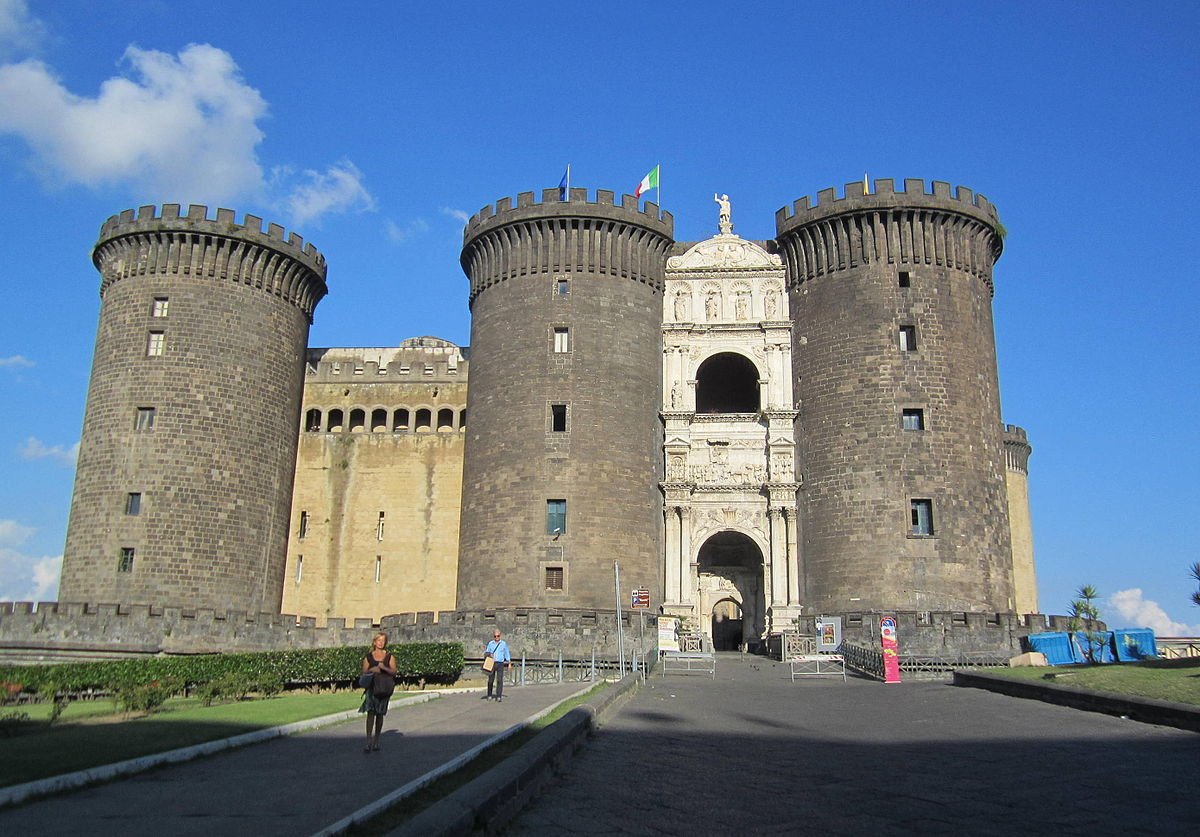One of the symbols of the city receives the large sum from the Ministry of Culture, also thanks to the PNRR. Minister Sangiuliano – increasingly focused on Naples – urges ‘spend the resources quickly’ as ‘more funds are on the way’
It rains when it’s wet and the rain of public funds continues to fall on Naples’ cultural heritage, which benefits from Minister Gennaro Sangiuliano’s Neapolitan origins. Now another thirteen million are coming for the conservative restoration of the country Masculine Angevin. With these funds, made available by the Ministry of Culture through the General Directorate of Archaeology, Fine Arts and Landscape and the General Directorate of Museums, the sacred attempt is made to restart Naples.
After the presentation of the new Caruso Museum, the extensive program of public installations planned with Napoli Contemporanea, the guided tours in the art metropolises and the planning of a possible museum destination for the Real Albergo dei Poveri – but also if we want to include the Museum di Jago and the new one Home of the Dino Morra gallery – a new element is added to the cultural renaissance of the Neapolitan city, which some say is favored, at least at ministerial level, by the (Neapolitan) minister’s bond with culture Gennaro Sangiuliano.
SHORT HISTORY OF CASTEL Nuovo OR MASCHIO ANGIOINO
The Lock New, better known as Maschio Angioino, is finally one of the symbols of Naples. The medieval-Renaissance castle owes the construction of its ancient nucleus (partially resurfaced in recent years) to Charles I of Anjou, who became king of the Kingdom of Sicily in the mid-13th century and prompted the transfer of the capital to Naples. The “Castel Nuovo” (built according to a project by the architect Pierre de Chaule) was so called because it was attached to the ancient castles of Castel Capuano and Castel dell’Ovo and was intended not only as a fortress but also as a palace (although this one King never lived there). The construction of the Castrum Novum began in 1279 and was completed only three years later, which was a very short time given the construction technique of the time and the overall size. Among the many events that took place within these walls is the famous abdication of the “hermit pope” Celestine V from the papal seat and the subsequent election of Boniface VIII, as well as a great patronage that brought names such as e.g Francesco Petrarch, Giovanni Boccaccio and Giotto, who frescoed the Palatine Chapel in the 14th century. The external structure was renovated first by the Aragonese and then by the Bourbons. It involved reconstructing five round towers, adding the triumphal arch and then restoring two of the facades. Despite the progressive decay, the castle then became the symbol of the city.
Today, from its position overlooking the recently redesigned Piazza Municipio, it is the seat of the Neapolitan Society of Local History, the Naples Committee of the Institute for the History of the Italian Risorgimento and the Valenzi Foundation. Overall, however, it is above all the city museum, which includes the Palatine Chapel and the museum tours on the first and second floors. And the rooms often house temporary exhibitions of varying quality.
The content will follow

NEW RESOURCES AT ANGIOINO MALE
The funds earmarked for the castle are distributed as follows: 2.5 million euros come from funds from the PNRR, they are used to “remove physical and cognitive barriers”; 6 million will be used to restore and strengthen the triumphal arch celebrating the conquest of the Kingdom of Naples by Alphonsus Aragon; 4.5 million, come on Community funds from the Action and Cohesion Plan, will instead be donated towards general safety measures, the completion of architectural barriers and the modernization of equipment. The donation was accompanied by a warning from the minister: once the funds have been received, they must be spent without hesitation, especially with regard to the arrival of new funds. “It is important that the resources are already allocated are issued immediately by the implementing agencies. I gave the authorities the impetus to proceed quickly. Additional funds will be added based on a project to solve the problems of protection, conservation and improvement of the Maschio Angioino‘ Sangiuliano said. It is hoped that after this huge investment, a coherent artistic direction will be chosen that will make the qualitative offer of temporary exhibitions stable and high, avoiding the unpleasant rented space effect that sometimes occurs when exhibition events are held here.
Julia Giaume